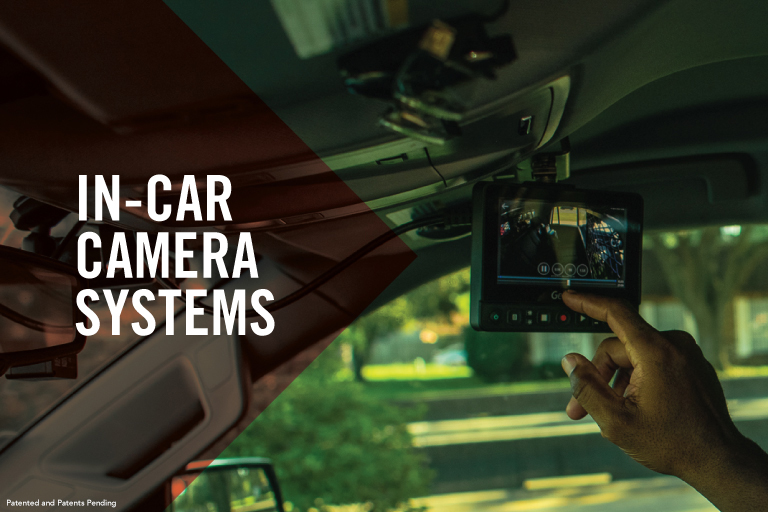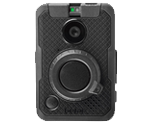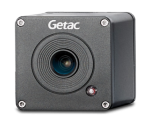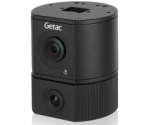
Tech Review: Getac Real Time Command
December 7, 2021
Getac Technology: Providing Rugged Equipment Behind Our Integrated Solution
December 7, 2021Technology has had a huge impact on policing over the last few decades. One of the biggest changes, is the use of cameras to record unbiased accounts of events. The in-car camera has been a staple for decades, yet, this law enforcement tool continues to evolve with the times.
History of Police In-Car Camera Systems
In-car cameras have been part of policing since the 1980s, however, the original idea was featured decades before in a magazine article in “Popular Science.” According to the IACP study, in the late 1960s Connecticut State Police set a camera on a tripod in the passenger seat and filled the back seat with the recorder and cables. It wasn’t practical, but it did illustrate the role which video could play in policing.

By the 1980s improved technology, such as VHS tape, allowed law enforcement to respond to the issue of drinking and driving by putting dash cameras in police cars to document field sobriety tests.
By the 1990s, the war on drugs changed the focus to documenting stops and vehicle searches.
In the late 1990s, the focus had changed again, due to allegations of racial bias or racial profiling by officers and an increase in officer assaults. In response to these issues, state and federal governments started enacting laws requiring agencies to “document details of every traffic stop.”
Recognizing the value of in-car cameras in addressing these issues, yet realizing most departments wouldn’t have the budget for this technology, the Department of Justice, Office of Community Oriented Policing Services (COPS) started the In-Car Camera Initiative Program. This program gave millions of dollars to agencies between 2000-2003 to purchase in-car cameras, and increased the number of state police and highway patrol vehicles with in-car cameras from 11% to 72%, according to the study.
Today, in-car cameras are the rule—not the exception—and many agencies have been using them for decades.

Benefits of Police In-Car Camera Systems
The in-car camera has many benefits for both law enforcement and the public. Similar to the benefits of the BWC which we outlined here, the in-car camera has been found to:
- – Enhance officer safety. When surveyed, a majority of officers admitted to the in-car camera increasing their perception of safety.
- – Improve agency accountability. Unbiased video footage allows officers to be held accountable for their actions.
- – Reduce agency liability. A video “eye-witness” account of events allows everyone to see what happened and has been found to reduce officer complaints.
- – Simplify incident review. “A significant amount of time was saved in conducting investigations, with the availability of the video evidence,” according to a survey.
- – Enhance training. Officers can use the footage for self-critique, or to learn from other officers.
- – Improve Community/Media perceptions. An overwhelming majority of citizens surveyed support the use of in-car cameras to increase officer transparency.
- – Strengthen police leadership. In-car camera footage allows leadership to conduct periodic review of officers and catch and resolve any issues which may arise.
- – Advance prosecution/case resolution. A collaboration between the National District Attorney’s Association (NDAA) and the American Prosecutors Research Institute (APRI) found 91% of prosecutors have used in-car camera video evidence in court. “They reported the presence of video evidence enhances their ability to obtain convictions and increases the number of guilty pleas prior going to trail.”
- – Enhance officer performance and professionalism. Behavioral studies have said for years that people often act more appropriately if they know they are being watched.
- – Increase homeland security. The law enforcement agencies that collect footage with in-car cameras can pass along information to other agencies about potential threats to homeland security.
As the technology continues to evolve, automation is playing a large part in executing some of the policies or procedures that agencies have implemented, or laws have required. Having an in-car camera that provides those solutions, allows officers to remain focused on their task without being concerned about remembering to hit the record button.
Police In-Car Camera Systems Technology Today
Today’s in-car cameras have come quite a long way from being attached to a tripod in the passenger seat. At Getac Video Solutions our in-car camera size has shrunk to just a few inches, weighing 0.4 lbs. High-definition (HD) is standard, providing agencies with crisper video, and wide-angle lenses supply a large field-of-view, while our backseat camera allows officers to be aware of their surroundings at all times. Additionally, our in-car cameras can be automatically turned on by a trigger system in our VR-X20 DVR, which might include opening the car door, turning on the lightbar or siren, or when exceeding a certain speed.
Advancements continue to be made, including solving the problem of reduced visibility during night-shifts. Working at night comes with the disadvantage of reduced visibility, especially when it comes to cameras. Our ZeroDark HD In-Car Cameras offer infrared capabilities so the cameras will be able to capture footage even in low-light scenarios. The cameras are small and discreet, and with 60° and 120° wide-angle cameras, you can create a 180° view. High-tech sensors and low-light recording features capture detail in as little as .04 lux illumination, so you can work with confidence.

Often, in-car cameras are just one aspect of a fully-integrated system that also links other cameras, like BWCs to the server. In order to send the video, some in-car cameras have wireless uploading capabilities and unlike body-worn cameras, batteries aren’t a concern. Getac Video keeps your force connected and protected by delivering trusted intelligence with reliable hardware. Learn more about our integrated technology solutions on our website.





